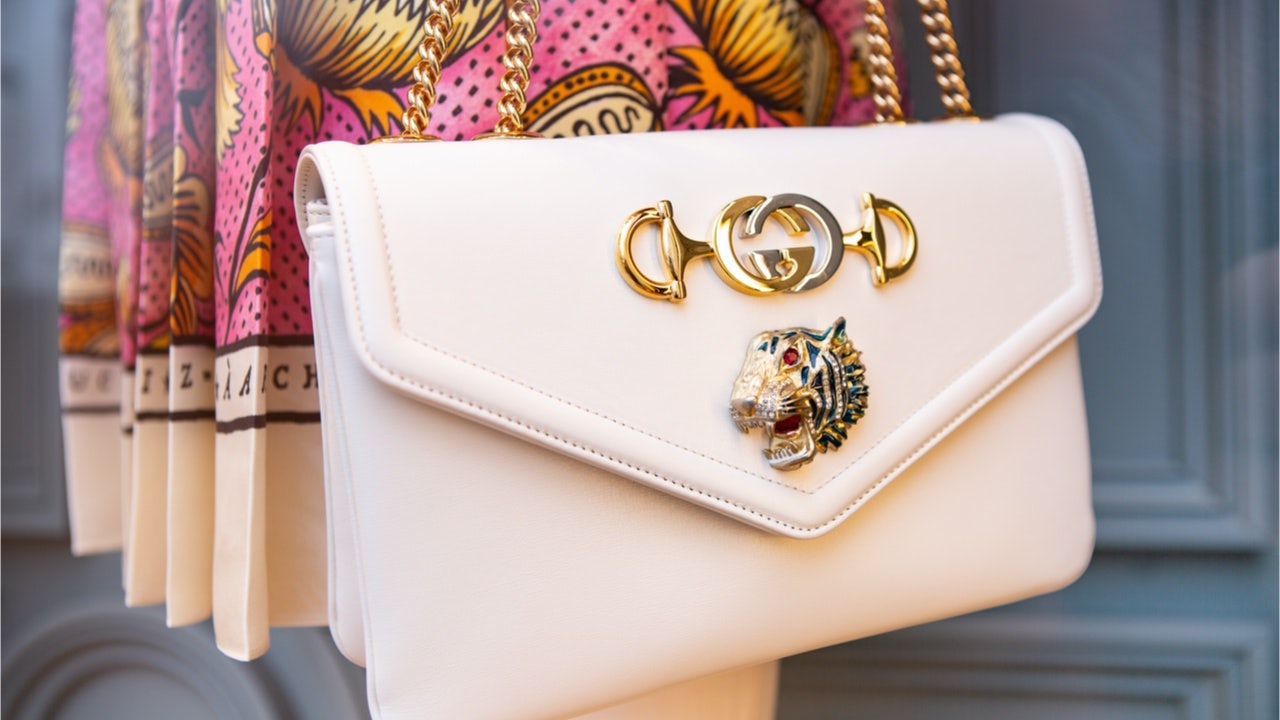As 2019 comes to a close and luxury market analysts and China watchers take stock of a challenging year, many are wondering what 2020 may hold — and whether the market is poised for a further slowdown. Currently, after a year that was stronger than expected despite a Hong Kong market that went from relatively weak to extremely weak over the course of the summer, predictions for the year ahead remain sketchy.
Recent Bloomberg analysis indicates that a slowdown could take place in China next year, following the country’s slowest economic growth in decades in the third quarter of 2019 and amid expectations that it could slow even more in the months ahead. At the moment, however, spending in mainland China continues to defy expectations, according to Deborah Aitken of Bloomberg Intelligence, and the country could be a “shopping hot spot” next year.
This, of course, would validate the long-tail China strategies that several foreign luxury brands undertook in 2019, investing less in their efforts aimed at outbound Chinese tourist-shoppers in places like Europe and North America, effectively writing off Hong Kong, and investing more in their physical China locations, and giving domestic Chinese e-commerce sites another look.
According to the latest statistics released by Hong Kong, retail sales in October fell nearly 25 percent year-on-year in October, while the number of inbound tourist arrivals that month dropped almost 44 percent. Sales of jewelry and watches fell 43 percent that month, while department stores recorded a 31 percent drop in sales amid continued deterioration of the city’s retail and tourism markets.
For Swiss watchmakers in particular, an overly bullish approach to Hong Kong for the past decade brought extra pain in 2019. According to the Swiss Watch Association, the export volume of Swiss watches to Hong Kong in November dropped 27 percent year-on-year, following eight consecutive months of plummeting exports to the crucial market.
Facing a “make-or-break” Christmas season, Hong Kong limps into 2020 with an outlook that is uncertain, to say the least. The question now is where Chinese luxury consumers will go to do their shopping next year, if not Hong Kong. Someone will clearly benefit, and at the moment it looks like the winners will be luxury boutiques in second-tier mainland Chinese cities and countries like South Korea.
LVMH, for one, seems to be placing a high-stakes bet that Seoul will pick up the slack for a flagging Hong Kong. At the end of October, Louis Vuitton opened a new flagship in the South Korean capital, a move widely seen as a strategy to lure mainland Chinese shoppers who would previously do their shopping in Hong Kong. As Chinese media notes, this strategic move was a smart one, considering the Korean luxury market (unlike mainland China) attracts both local shoppers and inbound tourists from throughout Asia.
Barring an unforeseen political flare-up — which, from time to time, lead to a cycle of anti-Korea protests in mainland China that ultimately dies down — 2020 should be a positive year for luxury retailers in South Korea. According to Korean media reports, the country saw Chinese tourist arrivals increase 27 percent this year, with a growing proportion of them coming independently rather than on tour groups.
In the year to come, LVMH and rival Kering are the ones to watch in China, as the two have invested heavily in the country’s domestic market. In particular, it will be important to closely watch the performance of LVMH’s newest acquisition, Tiffany & Co., in the mainland next year. The company recently unveiled its largest flagship in Asia — perhaps unfortunately located in Hong Kong — and an upcoming store in Chengdu is aimed squarely at Chinese shoppers from second- and third-tier cities. Tiffany expects its sales in the China market to achieve double-digit growth in 2020, which would be a bellwether for other mid- to premium-range foreign brands on the fence about investing more in the domestic Chinese market.
Gucci owner Kering is also doubling down in China, announcing it will open 14 new portfolio brand stores in six cities in China in 2020 — Shanghai, Dalian, Kunming, Wuhan, Shenyang, and Wuxi (all of which, bar Shanghai, are second-tier cities). Currently, the luxury conglomerate operates around 50 stores in Greater China and pulls in nearly 40 percent of its total revenue from the Asia-Pacific region.
2020 may very well be a crucial inflection point in the history of domestic luxury consumption in China, as some see it. Earlier this year, Chen Qizong of the Hang Lung Group, noted in a letter to shareholders that while only a little more than 25 percent of all high-end items purchased by Chinese consumers were made within mainland China, that proportion could increase to nearly half within the next six years. Chen noted the stimulating power of luxury tax reductions in the past two years in the market.
The year ahead will make it clear whether greater investment in second-tier brick-and-mortar locations has proven a smarter approach than new Hong Kong flagships, and whether a murky economic outlook for mainland China will translate to a drop in luxury demand or flight to lower-priced options like second-hand luxury or e-commerce deals. What is certain is that, after an extremely complicated 2019, brands will be looking for some sense of stability or certainty in the China market — although they might not get it.


